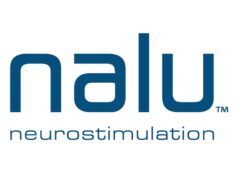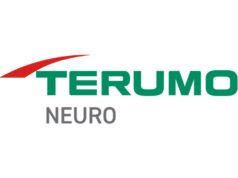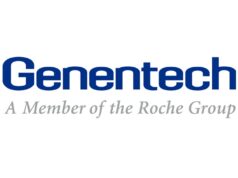
Following the recent approval of the Senza system (Nevro) by the US Food and Drug Administration (FDA), Erika A Petersen (Little Rock, USA) discusses the impact of the only spinal cord stimulation (SCS) device indicated to treat chronic pain associated with painful diabetic neuropathy (PDN) in the USA.
For more than three decades, spinal cord stimulation (SCS) has been recognised as a reliable tool to manage chronic pain when simpler treatment routes fail to elicit a satisfactory response. Not surprisingly, the therapy has seen a number of evolutions since it was first introduced, including innovations designed to overcome some imperfections associated with earlier technology.
One such advancement, a high-frequency SCS system with strong clinical evidence of efficacy, recently received FDA approval for a specific indication to treat people with PDN. Nevro’s HFX for PDN—a comprehensive solution that includes a Senza SCS system and supporting services for the treatment of chronic pain—is the only SCS solution to be FDA-approved to treat the condition, which is often characterised by persistent numbness, pain, and tingling in the hands and feet.
High-frequency SCS
Most SCS systems deliver stimulation using waveforms in the 60–1000Hz frequency range, which create a tingling sensation known as paraesthesia to distract the patient from their pain. While paraesthesia can be helpful for some people, there are many who report the tingling feeling to be uncomfortable.
For example, a person with PDN who already has severe tingling in their feet certainly would not want more tingling. To avoid this, HFX uses imperceptible pulses at a higher frequency of 10kHz. This high frequency waveform relieves pain without the sensation of tingling, or pins and needles, and its effectiveness has been shown in randomised clinical trials (RCTs) for treatment of chronic back and leg pain.
For patients who find other waveforms bothersome, 10kHz stimulation without paraesthesia has distinguished itself as a true therapy differentiator among SCS devices. I was keen for the opportunity to test the paraesthesia-independent efficacy of 10kHz SCS for PDN and to explore whether it would prove successful in treating my PDN patients.
The SENZA-PDN trial
The SENZA-PDN RCT is the largest RCT to date conducted to study SCS treatment for PDN.1 Study participants demonstrated significantly improved and sustained outcomes with 10kHz therapy (HFX for PDN). People who received the 10kHz therapy in the trial experienced a 76% reduction in PDN pain, versus −2% for patients with conventional medical management (CMM) alone. Physicians observed that 62% of patients treated with 10kHz therapy had improved motor, reflex, and sensory function on neurological examinations, versus 3% of the patients treated with CMM alone.
These patients also reported decreases in uncomfortable sensations, including burning, numbness, tingling, and cold. My co-investigators and I were intrigued and inspired by the results of our study and—more importantly—what it suggests for people who have and who will eventually endure debilitating symptoms from PDN.
As the prevalence of diabetes continues to rise, so does the number of people with complications like PDN. Many people with the condition struggle to achieve pain relief from traditional treatments, such as over-the-counter and prescription medications. I have had patients confide in me that the side-effects elicited from their prescription medications are so burdensome that they would prefer to endure PDN without the medication. Others are frustrated that they are chasing relief with higher doses of medication and less relief over time.
New era in PDN therapy
The FDA approval of this SCS device marks a monumental shift for people with PDN and the physician teams committed to treating them. The feeling of defeat when we have explored all available avenues for relief, yet significant and disruptive pain remains, may be no longer. With 10kHz SCS, we have a chance to give people their lives back.
We are giving them the little moments, like working or playing with grandkids, and the big moments, like someone walking his daughter down the aisle on her wedding day. We are getting them more restful nights. These moments add up to a more meaningfully engaged life, and there are few things more rewarding than that.
References:
1Petersen E A, Stauss T G, Scowcroft J A, et al. Effect of High-frequency (10-kHz) Spinal Cord Stimulation in Patients with Painful Diabetic Neuropathy: A Randomized Clinical Trial. JAMA Neurol. 2021;78(6): 687–98.
Erika A Petersen is a board-certified neurosurgeon, professor in the Department of Neurosurgery at the University of Arkansas for Medical Sciences (Little Rock, USA), programme director for the Neurosurgery Residency and director of the Section of Functional and Restorative Neurosurgery. Her clinical practice focuses on neuromodulation, treating movement disorders, spasticity and chronic pain through surgical procedures and stereotactic radiosurgery.
Disclosures: The author served as the principal investigator on the SENZA-PDN randomised controlled trial and, as such, received funding from Nevro.










